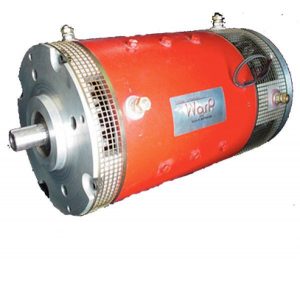Braking is a key component of safe motoring and the latest in the braking technology is the regenerative braking used on most EVs and Hybrids.

To understand it fully you must know how vehicle braking works. While you are driving your car, every time you step on the brake pedal you are wasting energy as you convert your forward momentum or kinetic energy into heat. The laws of physics and thermodynamics state that energy can neither be created nor destroyed but is converted into another form of energy. Braking converts kinetic energy into heat energy in ordinary cars.
In the present day electric vehicles the primary concern of the engineers is to keep the battery as charged as possible. Regenerative braking system are designed to put more energy back into the batteries whenever you apply the brakes in your EV by converting the electric motor into an electric generator. This is turn feeds power to the battery pack.
By using a regenerative braking system you can recapture much of the car’s kinetic energy into electric energy, adding additional range to the car. This type of regenerative braking system is found in most electric and hybrid vehicles. This technology is being extended even to the electric bicycles and even in Formula 1 race cars as KERS or Kinetic Energy Recovery System.
In the regenerative braking system the braking uses the same motors as the power train that drives the wheels of the electric wheel. When you press the brake pedal in the electric vehicle the driving motor itself provides in the braking effort by just changing the direction of rotation making it run in reverse thereby dragging the wheels and reduce the speed. During this reverse motion the motor that was taking power from the batteries now generate electricity that is fed into the batteries and stored for use.
Some EVs such as the Outlander and Tesla let you vary the level of re-gen braking to let you balance the desired feel from the brake pedal. With a little practice you can learn to drive with hardly any use of the actual brakes themselves, giving very little degradation on the pads.
